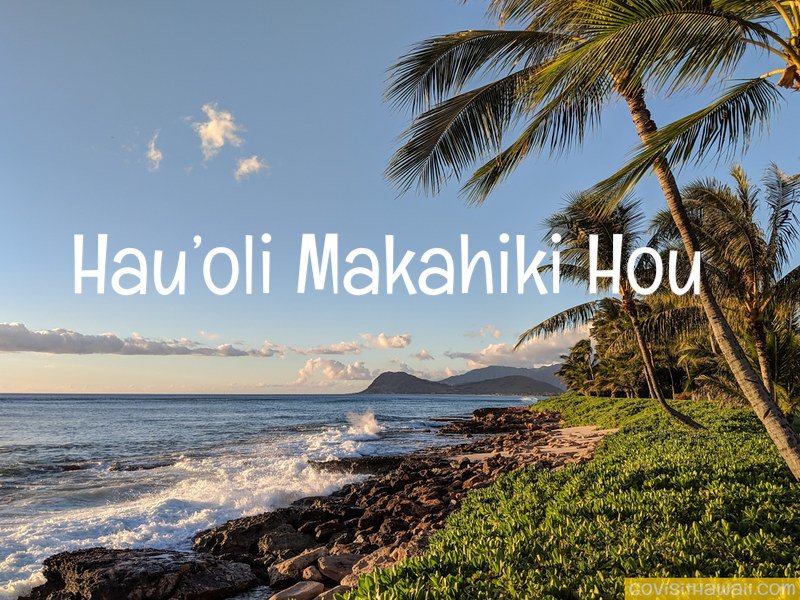Gallery owner Alan Dickar lost most everything in last week’s deadly fire that torched the historic West Maui town of Lahaina, killing at least 111 people and leaving hundreds unaccounted for.
While grateful to be alive, Dickar is furious.
On Thursday afternoon, Dickar seethed outside the FEMA-State Disaster Recovery Center on the University of Hawaii Maui College campus. The center, at 310 W. Kaahumanu Avenue, opened earlier this week as a place fire survivors can go to apply for federal disaster assistance as well as state programs.

Dickar, who used to employ seven people and house multiple tenants in two residential buildings he owned in Lahaina, said the process FEMA is using to take applications is burdensome and nonsensical.
The agency is asking people for documentation that either doesn’t exist because it burned in the fire, or they’re rejecting people because they share a common address but aren’t members of the same household.
“I have three tenants who were turned away. So, we have a problem,” Dickar said.

The first tenant listed their address and had their application accepted. When the other two roommates applied, they were both rejected because they used the same address but are unrelated, according to Dickar.
Many hospitality workers share housing in Lahaina so it’s a paperwork complication that is likely affecting thousands of people, he said.
The address issue is just one of the problems. Like other people applying for aid, Eva Maria Adam was asked for documents she no longer possesses.
“It’s a shitshow,” said Adam, a single mother of two children, ages 6 and 8.
Lahaina resident Mary Burcham ran into the same issue. She said she was asked to produce her Social Security card.
“Nobody had time to grab that stuff. We had seven minutes. If I had grabbed that, I’d be dead,” Burcham said. “It’s ludicrous.”
Burcham had another complaint. Kupuna, or elders, who are newly homeless should be placed in hotels in downtown Kihei or Kahului, within walking distance of grocery stores and post offices. They should not be put in far off accommodations that require motorized transport to get around, she said.
“We don’t have cars,” Burcham said. “If you put us in hotels on the other side of the island, we can’t have access to anything. I’m 68. I can’t do that.”

Several people in Lahaina on Wednesday and at the recovery center in Kahului on Thursday said they feel overwhelmed by having to fill out paperwork, produce documents, learn the process and jump through many hoops to apply for aid. It’s especially hard when they’re still reeling from the trauma of barely escaping death or having lost loved ones in the fire.
Many can’t think straight.
“We’re still in shock,” said Adam. “People ask, ‘What do you need?’ It’s like, in that moment, you don’t need anything. But you need everything.”

With cell and internet coverage spotty in many parts of Lahaina and Upper Kula where firefighters are still battling flareups, it’s hard to find out where to go to apply for help, survivors say.
Lahaina resident Sue Kwock learned about the recovery center on Wednesday when she contacted her water company to cancel service. The person on the other end of the line told her where to go.
Kwock said she saw no translators on hand at the center which makes an already complicated process even more difficult for people who don’t speak English or have limited English language skills.
“There’s lots of people who don’t understand,” she said.
At a mid-afternoon press briefing outside the recovery center, FEMA Associate Administrator Anne Bink said she’s aware of some of the difficulty people are having and pledged to improve the process.

“I can bring it to my team, and we can address it, and looking forward, figure out ways to resolve it in a more streamlined manner,” said Bink, who oversees FEMA’s response, recovery, logistics and field operations nationwide, according to the agency’s website.
FEMA encourages Maui residents affected by the wildfires to register for disaster assistance by registering online at www.DisasterAssistance.gov, by calling 1-800-621- 3362 or by using the FEMA App.
The recovery center at Maui College is open from 8 a.m. to 7 p.m. seven days a week.
Not everyone dealing with FEMA on Thursday was discouraged.
A Lahaina artist who goes by the name Davo has been sleeping in his car since he escaped the fire on Aug. 8, dodging flames and downed electrical poles carrying live current.
Davo, whose given name is David Sherman, said the only thing he has left are the clothes on his back and his car.
In an interview prior to speaking with a FEMA specialist, the septuagenarian described his current sleeping and living arrangements as a “torture chamber.”
But after his appointment as Davo left the building, it seemed some weight had been lifted off his shoulders after successfully submitting his application.
“I’m not unhappy,” he said. “I’m alive.”
Civil Beat managing editor Kim Gamel contributed to this story.
Civil Beat’s coverage of Maui County is supported in part by a grant from the Nuestro Futuro Foundation.







Leave A Comment